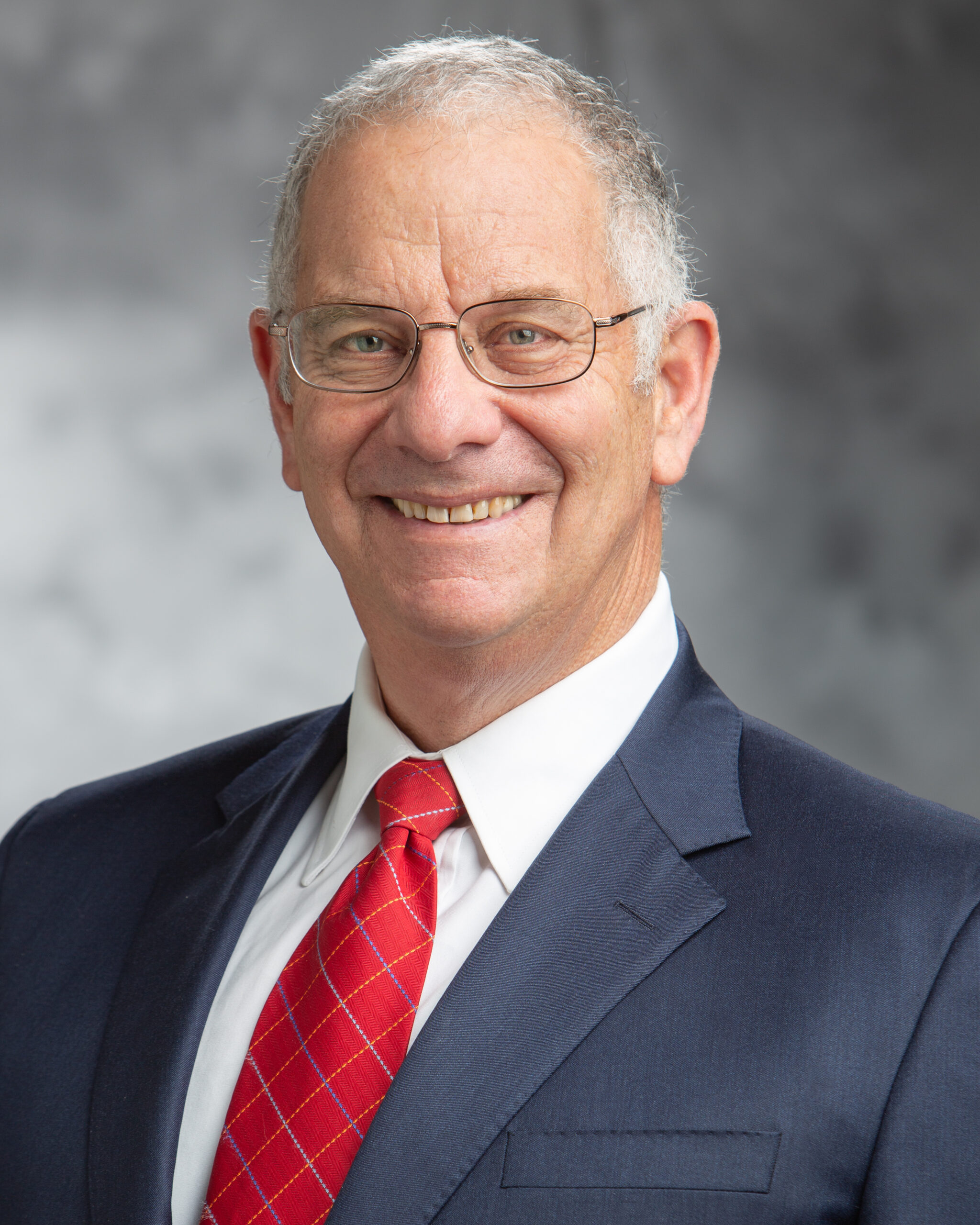The longtime leader of Banner Health shares how the role is different now from when he first started.
Since taking the helm at Banner Health 24 years ago, up until his retirement at the end this month, veteran CEO Peter Fine has seen how leading a hospital has changed over time.
As patients' wants and needs have shifted, the CEO has had to follow suit. At a certain point, around 2017, hospitals realized they weren't just dealing with patients, but "customers" because "the public was judging us not on our clinical product, but the ease of usage," Fine told HealthLeaders.
"The focus before was all we have to do is provide a good clinical product and that satisfies everybody. Well, that's not the case," Fine said. "So that causes you to have to change certain things in your style and your approach and the things that you say and do in front of others become way different. Creating that recognition for everybody that you also have to look for opportunities to take away pain points that get in the way of the consumer interacting with us. It's a different approach because how you speak and what you say become way different."
Fine will retire on June 30 after two-plus decades as CEO of the Phoenix, Arizona-based nonprofit health system, giving way to president Amy Perry, who aims to build on his foundation with a technology-forward approach.

Pictured: Banner Health CEO Peter Fine.
As many hospital CEOs are calling it a career, it's contributing to a steady churn at the position that has been exacerbated in recent years due to mounting challenges. According to Fine, the pressure has never been higher and between private equity, relationships with payers, and the growth of Medicare Advantage plans, it's no surprise that leaders are willingly stepping aside.
"COVID took its toll on many, many leaders," Fine said. "Partly because of what we went through for a two-plus year period, but also the change in how you have to lead. I was always used to walking out of my office, walking to one of 10 other offices on the floor there at 4:00 in the afternoon and just sitting down and talking about strategy and the organization. Now everything is a scheduled Zoom call or a Teams call and there's no spontaneity. So for many, they had to learn a new way of leading an organization, figuring out how to be visible and figuring out how to stylistically be out in front of the organization as much as they can."
For Fine, how the CEO role evolved during his tenure was part of the reason why he found the job so intellectually stimulating, causing him to keep tacking on years to the "highly unusual" 47 overall he spent in healthcare.
"It changed and morphed as an organization into a different kind of business today than it was back in 2000," he said. "It was fun and interesting and when something's fun and interesting and intellectually stimulating, in my case, having tremendous governance along the way and board leadership that's very professional, that was advantageous as well. Not everybody has that.
"The idea of watching an organization grow and finding opportunities for an organization to grow made it, quite frankly, a fun job."
Jay Asser is the contributing editor for strategy at HealthLeaders.
KEY TAKEAWAYS
In an exclusive interview with HealthLeaders, outgoing Banner Health CEO Peter Fine reflects on how the position has transformed to meet the demands of the consumer.
Leaders must also find new ways to be visible and out in front of their organizations as much as they can, Fine says.
